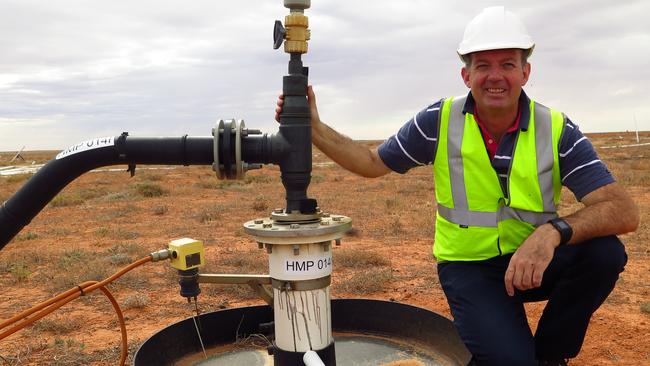SA’s nuclear debate: The state’s controversial history of atomic tests and uranium mining
FROM atomic bomb tests at Maralinga to protests over new uranium mines, SA has a long history of controversy linked to the nuclear industry.
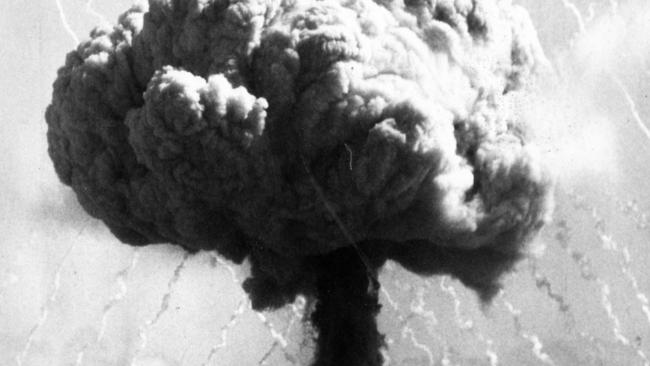
SA Nuclear
Don't miss out on the headlines from SA Nuclear. Followed categories will be added to My News.
FROM atomic bomb tests at Maralinga to protests over new uranium mines, SA has a long history of controversy linked to the nuclear industry.
Radium Hill
Radium Hill was both the nation’s first uranium mine, worked from as early as 1906, and the nation’s first State Government-gazetted radioactive waste dump.
Prospector Arthur John Smith thought he’d stumbled across tin oxide or tungsten, but future Antarctic explorer Douglas Mawson, then at the University of Adelaide, found the ore to contain radium and uranium. Mawson proposed the name Radium Hill, which stuck with the town, in the state’s east near Broken Hill.
The mine was worked from 1906-1914, 1923-1931, then again from 1954-1961.
In this last phase the mine, and a rare earths treatment plant at Port Pirie, were both operated by the State Government.
The lax environmental standards of the time are laid out in the Nuclear Royal Commission’s report.
“In the case of Radium Hill, crushed waste rock containing traces of radioactive ore was used to construct roads and other infrastructure. Closure of the site simply involved the removal and sale of plant.
The tailings dam, which was not an engineered structure but was built using uncompacted tailings, was not capped when the mine closed. As a result the wind dispersed tailings into the surrounding landscape.’’
While the sites are not considered a serious risk to the health of people visiting them, they have provided valuable lessons for how to manage sites in the future.
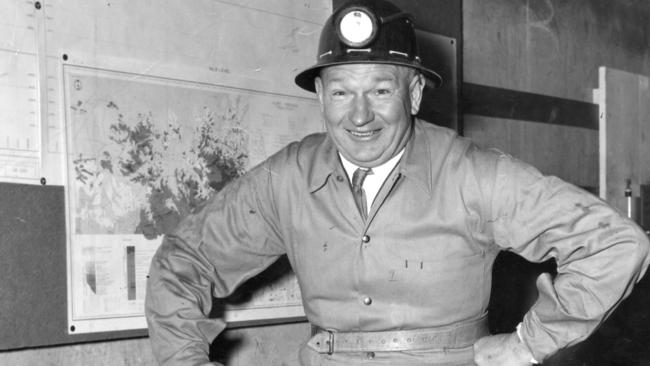
Maralinga
According to the national archives, “between 1952 and 1963 the British Government, with the agreement and support of the Australian Government, carried out nuclear tests at three sites in Australia — the Monte Bello Islands off the Western Australian coast, and at Emu Field and Maralinga in South Australia.’’
The British Government was attracted to Australia as a testing ground for its remoteness and sparse population, and Prime Minister Robert Menzies and the Australian Cabinet were willing to help.
The tests carried out at Maralinga in SA, in the Woomera Prohibited Area 800km northwest of Adelaide involved seven nuclear tests and have had a lasting effect on the health of those involved and severely impacted the Aboriginal custodians of the land.
An initial clean-up was carried out in 1967 with another in 2000, following the McLelland Royal Commission which reported in 1985 and which found that significant risks still existed at many test sites.
In 1994, the Australian Government paid compensation of $13.5 million to the local Maralinga Tjarutja people.
Several submissions to the current Royal Commission have spoken of the betrayal of trust and ongoing health effects caused by the Maralinga operations to the local indigenous population.
The testing program, the initial poor clean-up attempts and refusals to compensate servicemen and civilians affected by the testing have long been a source of controversy.
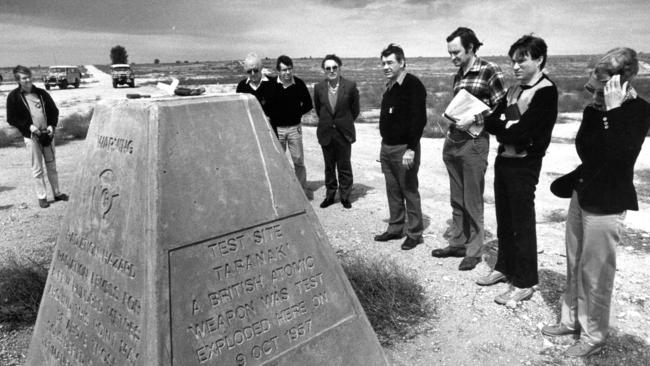
Olympic Dam
It was only the tenth drill hole, following seven disappointing or middling results, which turned up the evidence of the massive Olympic Dam copper, gold, uranium and silver deposit way back in 1975.
It took a further 13 years for the massive ore body, which contains the largest single known uranium ore deposit in the world, to come into production, and this necessitated Labor MP Norm Foster resigning from the party and crossing the floor in the upper house to support the Roxby Downs Indenture Bill.
Federal Labor dropping its ban on uranium mining around the time was also a key development.
The mine was originally owned by Western Mining Corporation (later WMC Resources) and BP, with WMC buying out BP, and later BHP Billiton taking over WMC in 2005.
A massive $30 billion open pit expansion — which would have been bigger than the Adelaide CBD — was proposed, including new ports, desalination plants and tens of thousands of jobs.
Despite virtual assurances from the Rann Labor government that the project would proceed, it was shelved in 2012, with a slower, staged expansion now under way.
The mine is aiming to produce about 200,000 tonnes of copper this year and produced 3144 tonnes of uranium last year.
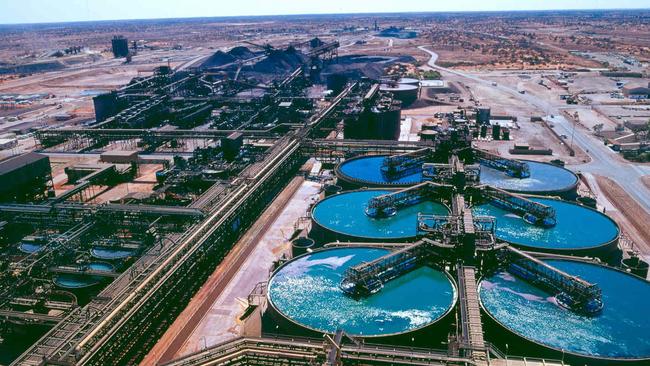
Arkaroola
Adelaide exploration company Marathon Resources ran into trouble in 2008 when it was found to have dumped drilling waste in the Arkaroola Wilderness Sanctuary in breach of its licence conditions.
The company owned the Mt Gee uranium deposit in the area which it claimed was the second biggest undeveloped uranium deposit in Australia.
There was Chinese interest in developing the deposit, however Marathon was initially ordered to clean up the site and later, following a government review, all exploration for uranium in the region was banned.
In 2011 then premier Mike Rann announced all exploration and mining would be banned in the northern Flinders Ranges through changes to the Mining Act, special legislation and national and World Heritage listing.
Legal action later resulted in Marathon being paid $5 million in compensation, plus costs.
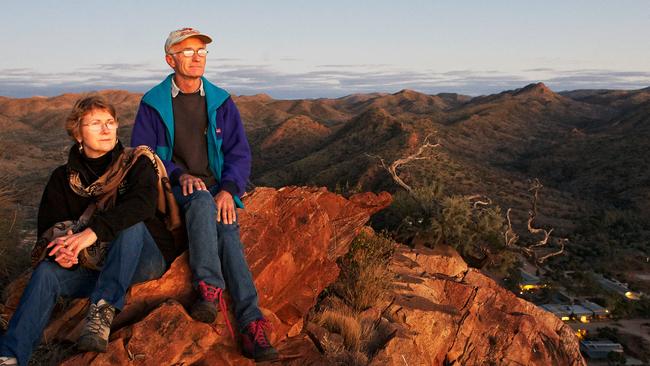
Other mines
South Australia is also home to the Beverley, Beverley North and Four Mile uranium mines, and the Honeymoon uranium mine.
The Beverley and Four Mile projects 300km northeast of Port Augusta are adjacent to each other and owned by the same parent company, General Atomics. Beverley is listed as being on “care and maintenance” while Four Mile is operating.
The Honeymoon mine, near Broken Hill in the state’s northeast, started production in 2011 but was shut down by 2013. It is now owned by Boss Resources, which is planning to restart it.
All of these mines are “in-site leach” mines which operate by injecting a weak acid solution underground, and stripping the dissolved uranium out of it once it returns to the surface.
The start up of Honeymoon was only made possible by Federal Labor dropping its “three mines policy” in 2007.
